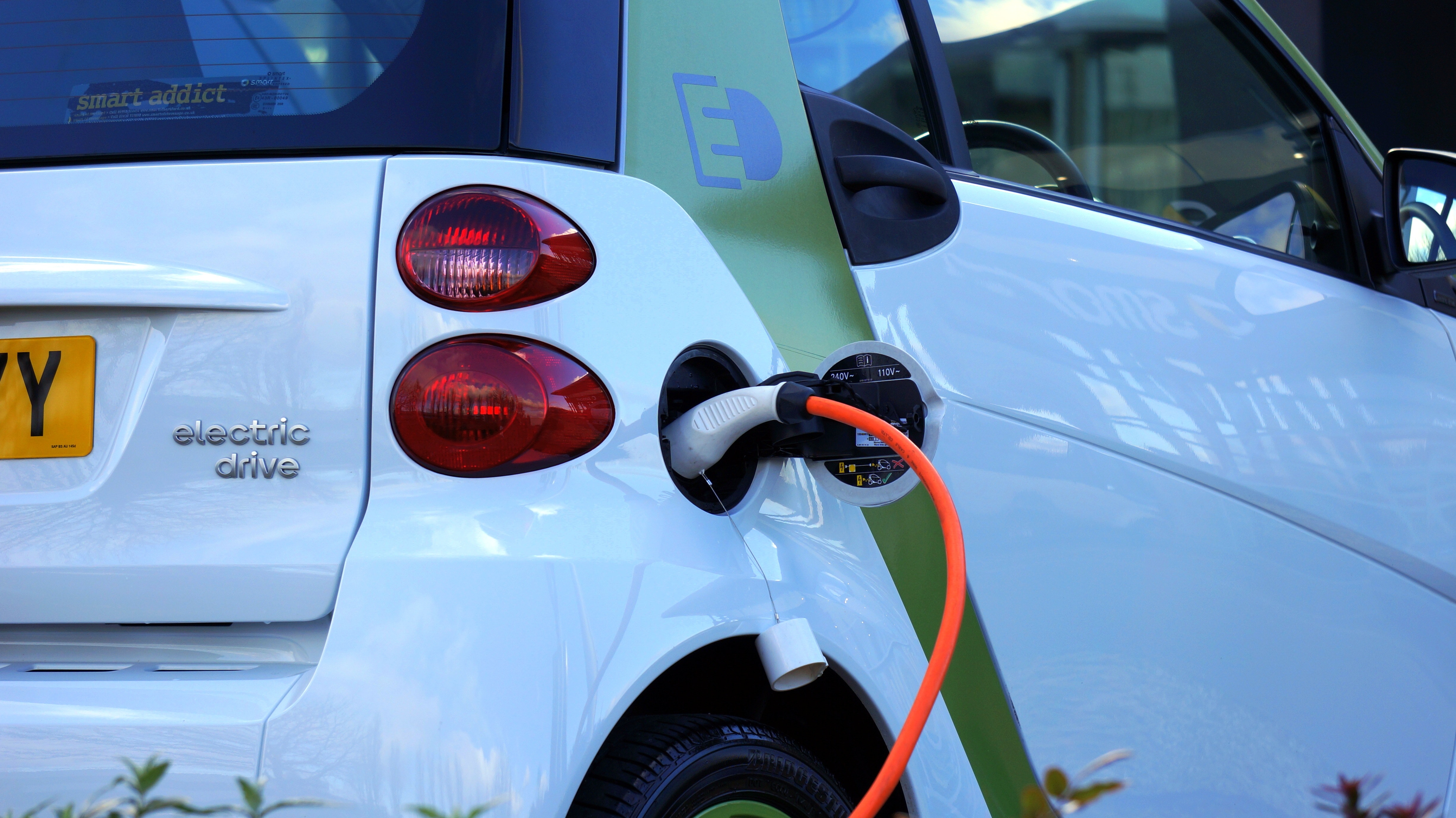Are EVs Really Better for the Environment than Gas-Powered Cars?

As the world grapples with the environmental challenges posed by traditional gas-powered vehicles, electric vehicles (EVs) have emerged as a promising alternative. EVs offer the potential to reduce emissions and combat climate change. However, it is important to consider the full picture when comparing emissions from EVs and gas-powered vehicles. This article examines the emissions produced by both vehicle types, highlighting the environmental advantages of EVs while acknowledging the emissions associated with electricity production.
- Tailpipe Emissions: Gas-powered vehicles emit a range of pollutants directly from their tailpipes, including carbon dioxide (CO2), nitrogen oxides (NOx), particulate matter (PM), and volatile organic compounds (VOCs)1. These emissions contribute to air pollution, climate change, and adverse health effects. On the other hand, EVs produce zero tailpipe emissions as they rely on electricity stored in their batteries for propulsion.
- Power Generation Emissions: While EVs themselves produce no emissions during operation, it is crucial to consider the emissions associated with the generation of electricity used for charging. The environmental impact of EVs is influenced by the sources of electricity in a specific region. If the power grid relies heavily on fossil fuels, such as coal or natural gas, the emissions associated with charging EVs may be comparable to those of gas-powered vehicles. However, as renewable energy sources like solar, wind, and hydropower become more prevalent, the emissions associated with charging EVs decrease significantly.
- Life Cycle Analysis: To comprehensively compare emissions between EVs and gas-powered vehicles, it is necessary to consider the entire life cycle of each vehicle type. Life cycle analysis (LCA) encompasses the emissions associated with manufacturing, operation, and end-of-life disposal. Several studies have conducted LCAs to assess the overall environmental impact of both vehicle types.
- A study by the Union of Concerned Scientists (UCS) compared the life cycle emissions of EVs and conventional vehicles in the United States. It found that, on average, EVs produced less than half the emissions of comparable gasoline-powered cars over their lifetime, even when accounting for the emissions associated with electricity generation 1.
- The International Council on Clean Transportation (ICCT) conducted a similar analysis across Europe and concluded that, considering the European electricity mix, battery electric vehicles (BEVs) had lower life cycle emissions compared to internal combustion engine vehicles (ICEVs)2.
- Efficiency Advantage: EVs possess a fundamental efficiency advantage over gas-powered vehicles due to the conversion of stored energy into propulsion. Traditional internal combustion engines (ICEs) waste a significant portion of fuel energy as heat and through other losses. In contrast, EVs convert a larger proportion of the stored electrical energy into actual propulsion. This higher efficiency results in lower energy consumption and reduced emissions per mile traveled.
- Future Improvements and Grid Decarbonization: The emissions advantage of EVs is expected to further improve as renewable energy sources continue to expand and become the dominant sources of electricity generation. Continued advancements in battery technology, increased charging infrastructure, and the electrification of other transportation sectors like buses and trucks will also contribute to reducing emissions further.
- A study published in Nature Sustainability projected that by 2050, EVs charged with low-carbon electricity in the United States would result in 70-95% lower lifecycle emissions compared to conventional vehicles3.
- The International Energy Agency (IEA) predicts that by 2030, a significant share of electricity will be generated from renewable sources, leading to a substantial reduction in power sector emissions and further enhancing the environmental benefits of EVs4.
When comparing emissions, electric vehicles showcase a clear advantage over traditional gas-powered cars. While acknowledging the emissions associated with electricity production, the higher efficiency and zero tailpipe emissions of EVs contribute to a substantial reduction in overall emissions compared to gas-powered vehicles. As renewable energy becomes more prevalent and the power grid continues to decarbonize, the environmental benefits of electric vehicles will only strengthen. The transition to electric mobility is a crucial step towards combating climate change, improving air quality, and creating a sustainable transportation sector.
References:
- Union of Concerned Scientists. (2015). Clean vehicles electricity tool. Retrieved from https://www.ucsusa.org/resources.
- International Council on Clean Transportation. (2017). European Vehicle Market Statistics Pocketbook.
- Jiang, Y., Harmsen, M. J., & van Vliet, O. (2019). Lifecycle greenhouse gas emissions of battery electric vehicles in China. Nature Sustainability, 2(2), 148-156.
- International Energy Agency. (2020). Global EV Outlook 2020.



 Rob McCandless
Rob McCandless


